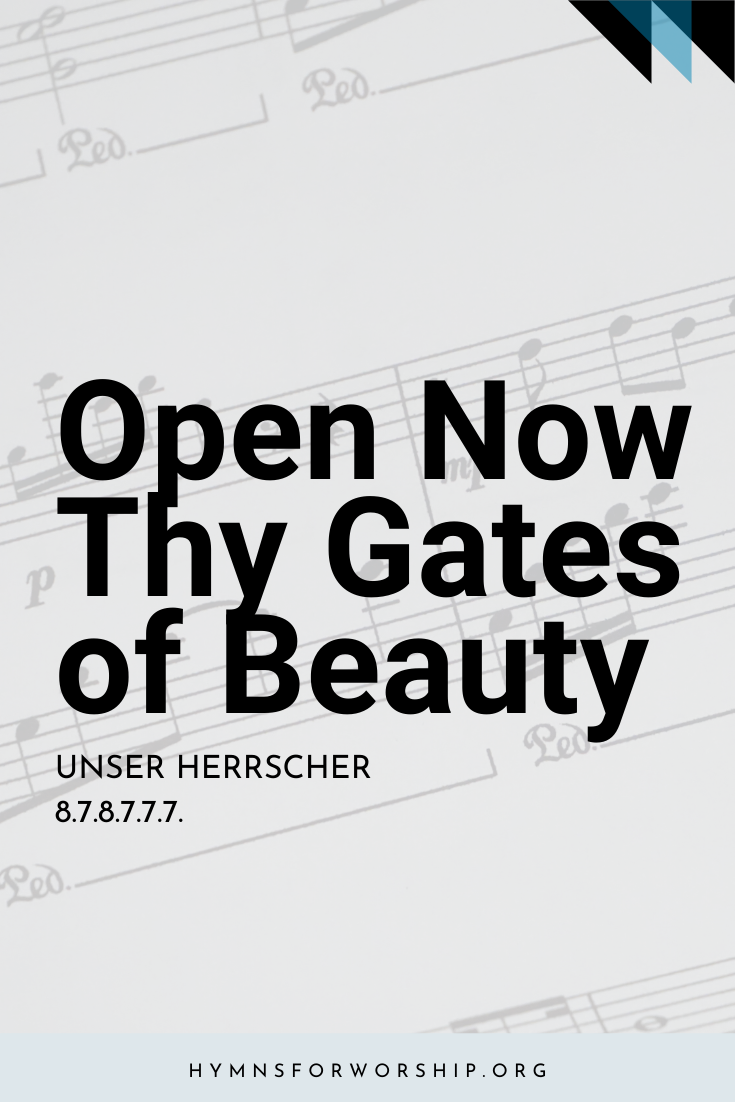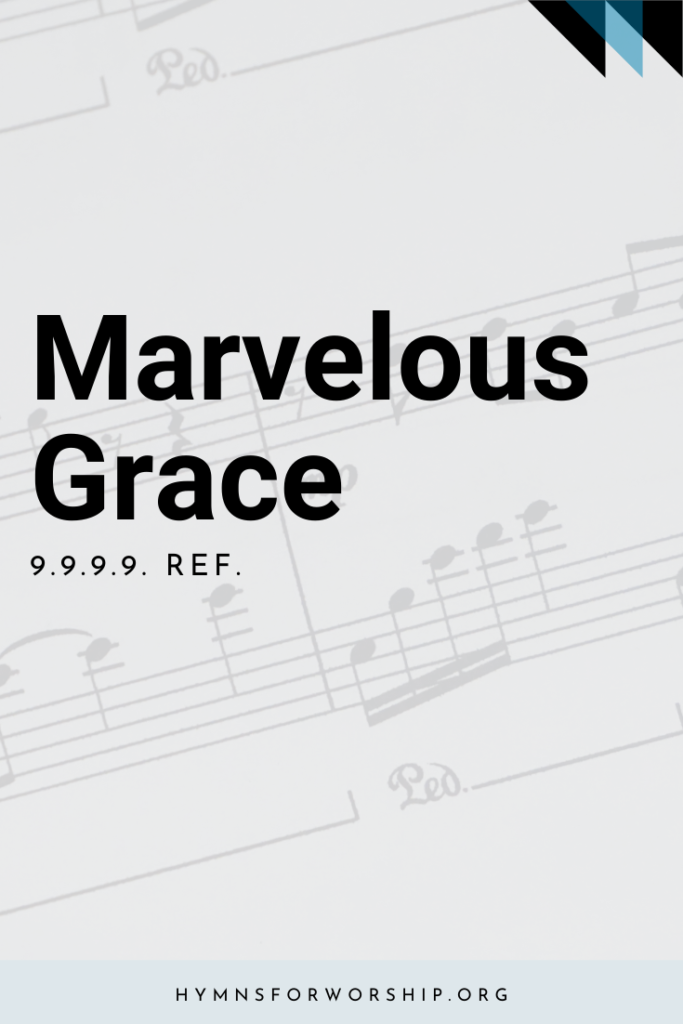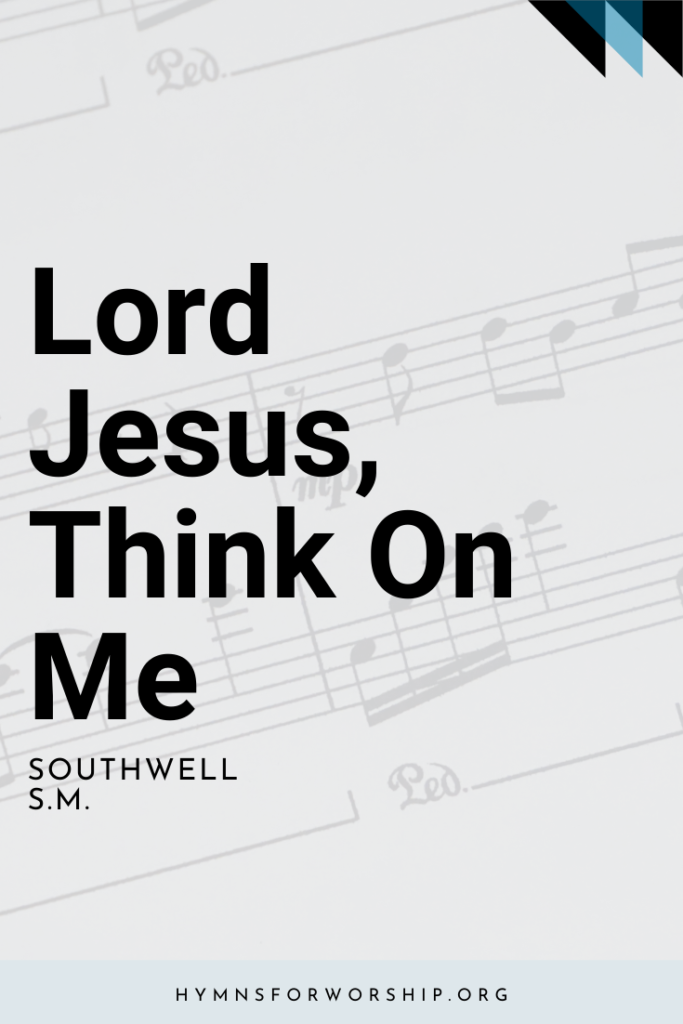WORSHIP >> Morning WORSHIP
SDAH 45
Open now thy gates of beauty,
Zion, let me enter there,
Where my soul in joyful duty
Waits for God Who answers prayer.


Text
1
Open now thy gates of beauty,
Zion, let me enter there,
Where my soul in joyful duty
Waits for God Who answers prayer.
Oh, how blessed is this place,
Filled with solace, light, and grace!
2
Gracious God, I come before Thee,
Come Thou also unto me;
Where we find Thee and adore Thee,
There a heav’n on earth must be.
To my heart, oh, enter Thou,
Let it be Thy temple now!
3
Here Thy praise is gladly chanted,
Here Thy seed is duly sown;
Let my soul, where it is planted,
Bring forth precious sheaves alone,
So that all I hear may be
Fruitful unto life in me.
4
Thou my faith increase and quicken,
Let me keep Thy gift divine,
Howsoe’er temptations thicken;
May Thy Word still o’er me shine
As my guiding star through life,
As my comfort in my strife.
5
Speak, O God, and I will hear Thee,
Let Thy will be done indeed;
May I undisturbed draw near Thee
While Thou dost Thy people feed.
Here of life the fountain flows;
Here is balm for all our woes.

Hymn Info
Biblical Reference
(a) Ps 122:2 (b) 1 Cor 3:16 (d) Luke 17:5 (e) 1 Sam 3:10
Author
Benjamin Schmolck (1672-1737)
Translator
Catherine Winkworth (1827-1878)
Year Published
1863
Hymn Tune
UNSER HERRSCHER
Metrical Number
8.7.8.7.7.7.
Arranger
Joachim Neander (1650-1680)
Alternate Harmony
SDAH 418
Theme
MORNING WORSHIP
Hymn Score
Piano Accompaniment
Notes
Get to know the hymns a little deeper with the SDA Hymnal Companion. Use our song leader’s notes to engage your congregation in singing with understanding. Even better, involve kids in learning this hymn with our homeschooling materials.
The German original of this seven-stanza hymn was first published in 1732, in Benjamin Schmolck’s Kirchen Gefährte (Church Companion), and bore the title “Appearing Before God.” It was inspired by Psalm, 122:2: “Our feet shall stand within thy gates, O Jerusalem.” Miss Winkworth’s (1827-1878; see Biographies) translation of five stanzas was included in her Chorale Book for England, 1863. It was also included in Horder’s Congregational Hymns, 1884, with very minor changes, one of them being “guiding star” for the original “polestar through my life” in the fourth stanza.
Schmolck was born December 21, 1672, in Brauchitzchdorf, Silesia (between Czechoslovakia and Poland), the son of a Lutheran pastor. After several years of study at the Gymnasium at Luban, he came home and preached a sermon so good (for one so young) that one of the strong financial supporters of the church gave him a three-year scholarship to study theology at the University of Leipzig. Here he earned extra money composing special-occasion poems for wealthy people, and was crowned poet laureate in 1697. Returning home, he was ordained as his father’s assistant in 1701 and the next year was appointed to serve the Friedenskirke at Schweidnitz in Silesia.
About this time a Counter-reformation movement resulted in the churched in this area being taken away from the Lutherans. For this whole district they were allowed only one church, and that outside the walls of town, made only of timber and clay and without a tower or bells. Schmolck and two other clergy had to minister to people scattered among 36 villages. Many restrictions hampered their work—in order to have prayer for a sick person, permission had to be obtained from the local Catholic priest. Here Schmolck ministered for 35 years, the final five of which he worked in spite of a stroke and near-blindness.
He was known as a hard worker lovingly tactful in dealing with people and their problems. He was the most popular hymn writer of his time, some 900 of his works being published and used all over Germany. He also wrote devotional books, cantatas, and occasional pieces for weddings and funerals. He died at Schweidnitz February 12, 1737, after a long illness. For another of his hymns in SDAH, see No. 389, “Light of Light, Enlighten Me.”
The tune UNSER HERRSCHER (Our Lord [Ruler]) was composed by Joachim Neander (1650-1680; see Biographies). It was first published in his Alpha und Omega, Galub- und Liebesübung (Alpha and Omega: The Practice of Faith and Love), in Bremen in 1680. The melody is most attractive, with the generally ascending tendency of the first two pairs of lines succeeded by the gradual descending repeated notes in the last two lines. The same tune, with somewhat different harmony, is used for SDAH 418, “Day of Judgement, Day of Wonders!”






